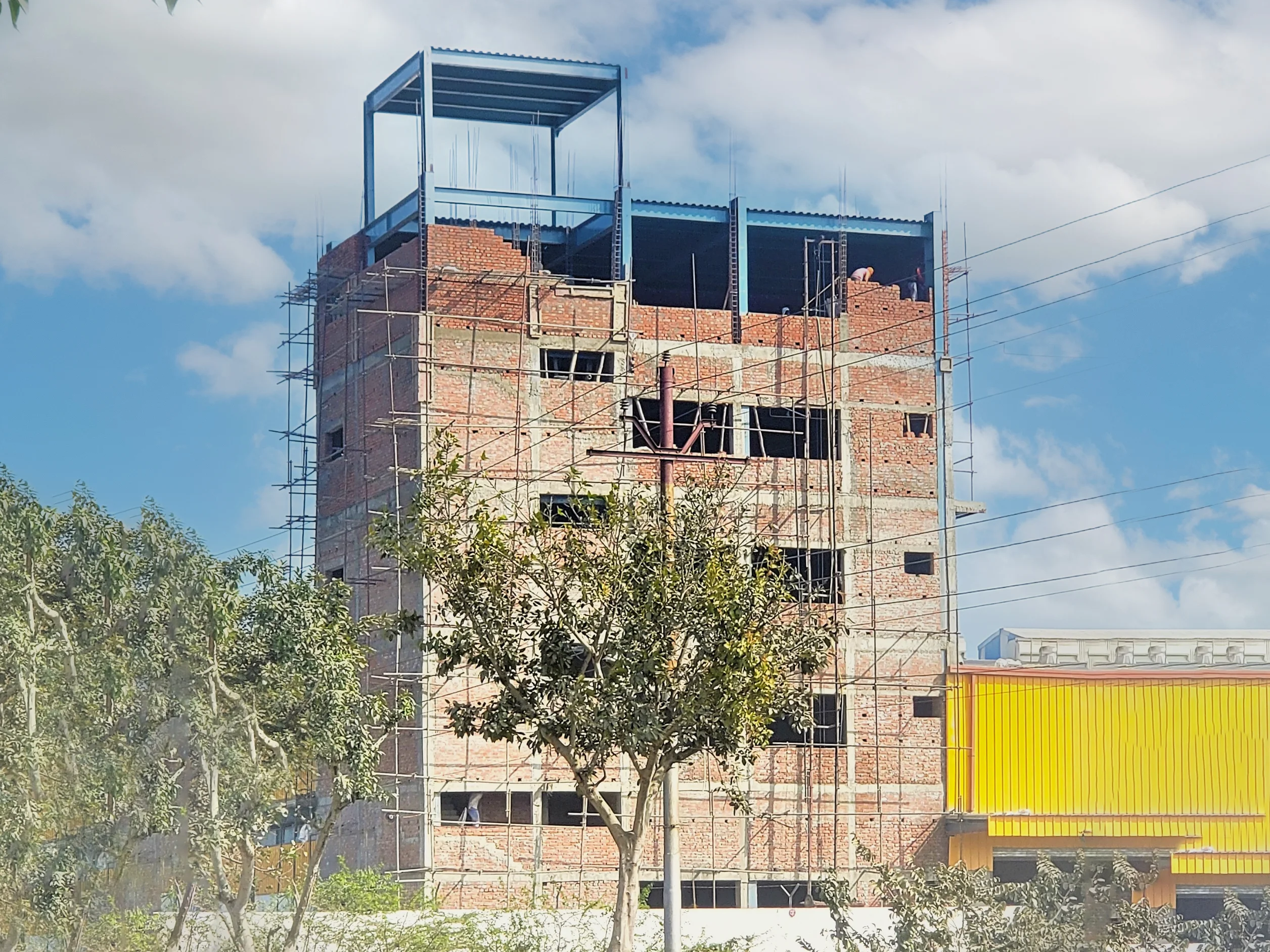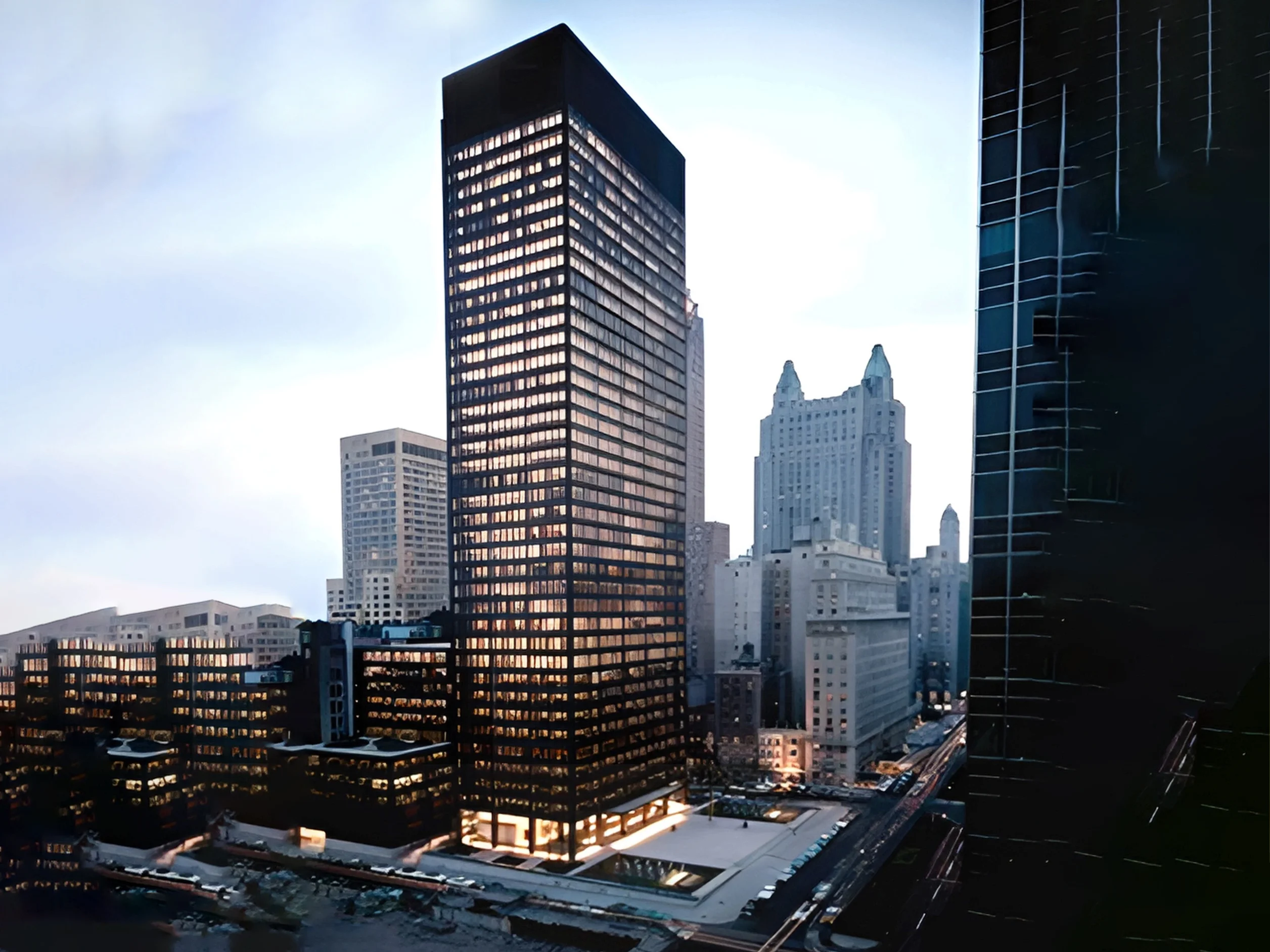Lohaar: Your Trusted Partner for Composite Construction Excellence
In the realm of non-residential multi-storey building construction, composite construction has reigned supreme for over two decades. This unwavering preference stems from a fundamental principle: concrete excels in compression, while steel reigns supreme in tension. By seamlessly integrating these two materials, we harness their unique strengths to deliver exceptionally efficient and lightweight designs.
As a pioneer in the design-to-build concept of steel and civil construction, Lohaar has been at the forefront of the composite construction revolution since our inception. In 2015, we expanded our expertise to encompass composite construction, successfully delivering numerous projects across a diverse range of sectors, including commercial, industrial, mixed-use development, healthcare, and education.

Design Flexibility and Versatility with Composite Construction

Composite construction, the combination of different materials to create a stronger, lighter, and more versatile building material, has revolutionized the construction industry. This innovative approach offers numerous advantages over traditional construction methods, making it an ideal choice for architects, engineers, and builders alike.
Curved Structures: Composite materials make it possible to construct curved, arched, and other non-rectilinear structures that would be difficult or impossible with traditional methods.
Lightweight Designs: The use of lightweight composite materials, such as carbon fiber and glass-reinforced plastic, enables the creation of slender and lightweight structures that reduce the overall weight of the building.
Creative Expressions: Composite construction allows architects to explore different textures, colors, and finishes, adding a touch of creativity and visual interest to buildings.
Diverse Applications: Composite materials can be used for a wide range of construction elements, including walls, floors, roofs, beams, and columns.
Adaptability to Different Environments: Composite structures can be tailored to withstand various environmental conditions, from extreme temperatures to harsh weather.
Sustainable Choices: Many composite materials are made from recycled or renewable resources, making them an environmentally friendly option.
What Lohaar Provides In Composite Construction


Multi-Story Steel Buildings
Maximize your vertical space and unlock the full potential of your multi-storey building with Lohaar’s versatile mezzanine.


Medium-Rise Steel Buildings
At Lohaar, we understand the intricacies of modern construction and the need for durable, sustainable, and cost-effective solutions.


High-Rise Steel Buildings
The construction industry is increasingly turning to composite high-rise building structures, which utilize steel-reinforced concrete.
Benefits of composite construction
Enhanced Strength and Efficiency: Composite structures capitalize on the inherent strengths of concrete and steel, with concrete excelling in compression and steel dominating in tension. By combining these materials, we create exceptionally strong and lightweight structures that withstand a wide range of loads and environmental conditions.
Accelerated Construction Pace: Composite construction streamlines the construction process, enabling us to complete projects with remarkable speed and efficiency. Prefabricated concrete slabs and steel beams significantly reduce construction time, allowing you to occupy your building sooner.
Simplified Service Integration: Composite construction facilitates the seamless integration of essential services, such as electrical and plumbing systems, within the structure itself. This integration eliminates the need for extensive retrofitting, saving time and resources.
Exceptional Fire Resistance: Concrete encases the steel components in composite structures, providing superior fire resistance compared to conventional steel-framed constructions. This enhanced fire protection safeguards your building and its occupants in the event of a fire.
Reduced Maintenance Costs: Composite structures offer enduring performance and require minimal maintenance, minimizing long-term expenses and ensuring a significant return on investment.
Architectural Versatility: Composite construction affords architects remarkable design flexibility, enabling them to create innovative and aesthetically pleasing structures that meet specific project requirements.
Cost-Effectiveness: Composite construction offers exceptional value for money, providing a cost-effective solution that delivers superior performance and long-lasting durability.
Frequently Asked Questions
How does Composite Construction differ from traditional construction methods?
Unlike traditional methods, composite construction harnesses the strengths of steel and concrete synergistically, providing superior strength, durability, and versatility.
What are the fire resistance ratings for composite structures?
The fire resistance of a composite structure depends on the type of materials used, the thickness of the concrete encasement, and the fire protection applied.
How long will a composite structure last?
Composite structures are known for their long lifespan, typically lasting 50 years or more with proper maintenance. The steel core provides structural integrity, while the concrete protects the steel from corrosion and fire.
Is composite construction environmentally friendly?
Yes, Composite construction offers several environmental benefits.
What are the maintenance requirements for composite structures?
Composite structures require minimal maintenance compared to other construction methods. Regular inspections to check for any signs of damage or deterioration are recommended.
